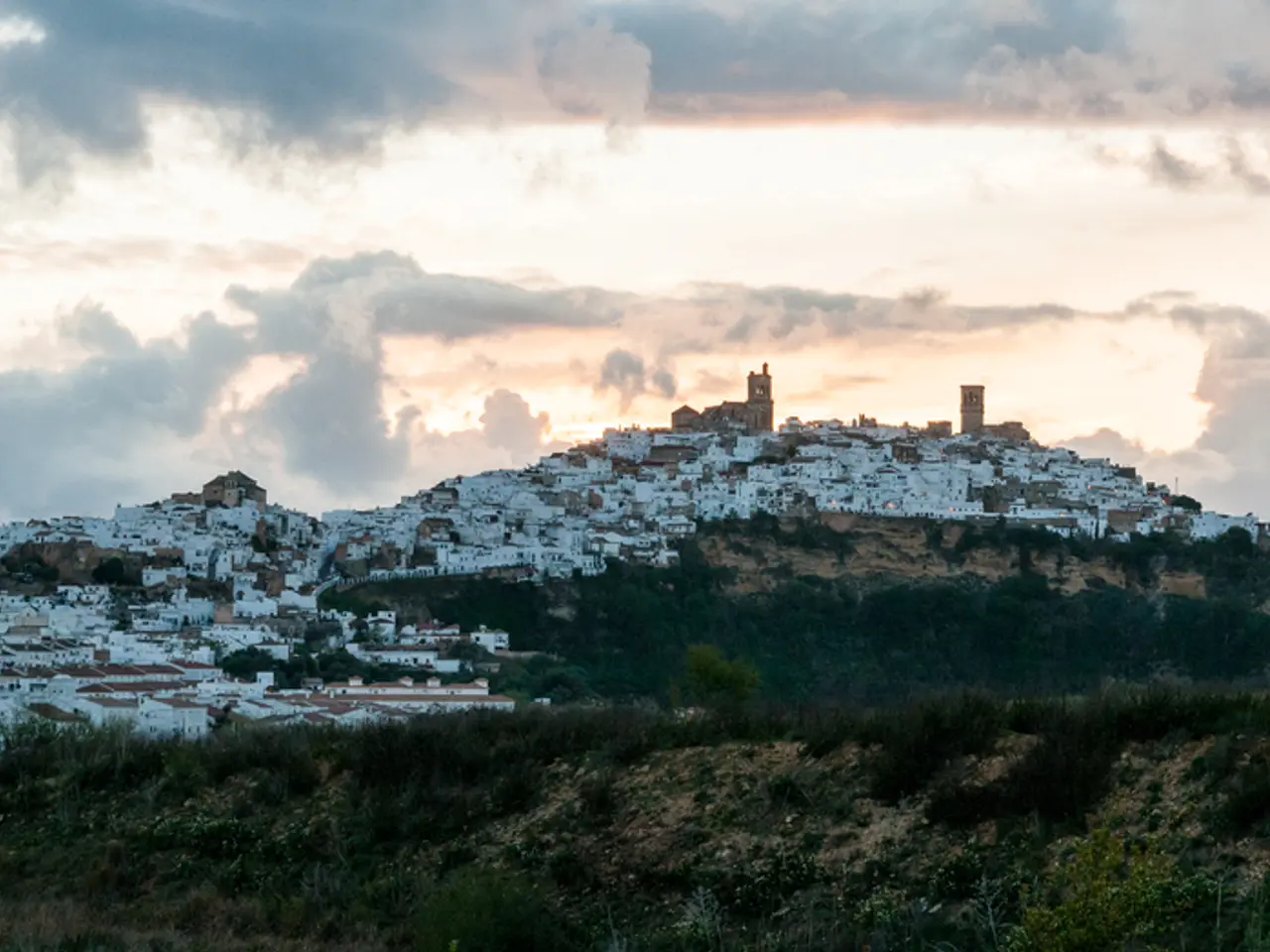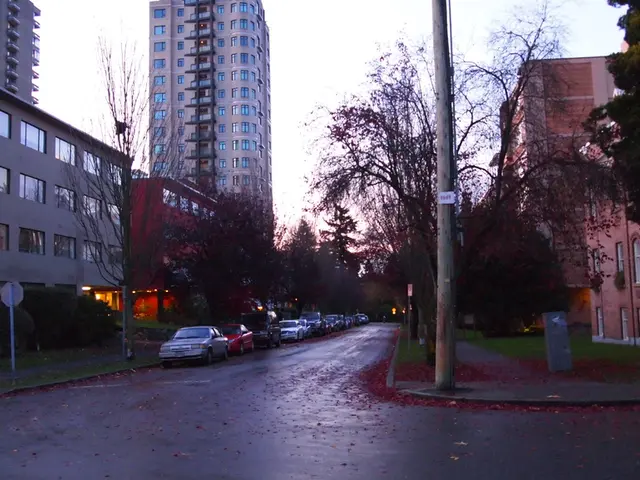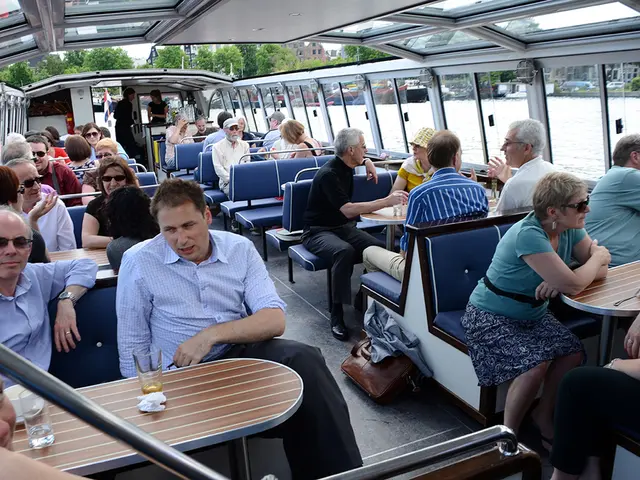French authorities manage to curb demonstrations against excessive tourism, unlike other European nations.
In a growing trend across Europe, cities are grappling with the impacts of over-tourism, a phenomenon that has sparked public demonstrations in nearly 20 cities, including Barcelona, Spain, and Paris, France. The differences in local backlash between these two cities can be attributed to several key factors.
Barcelona, Spain, has been grappling with a severe housing crisis due to tourists buying properties for short-term rentals on platforms like Airbnb. This has led to a 45% population decline in some areas between 2007 and 2019. In response, the Spanish government has been actively regulating short-term rentals and aiming to address the housing crunch.
In contrast, while Paris faces tourist congestion, there is less emphasis on housing displacement by Airbnb. The city's protests, such as those at the Louvre, reflect tourist strain but not necessarily an acute housing crisis like Barcelona's.
Tourist-dominated neighborhoods in Barcelona have also seen the loss of local shops to souvenirs and chains, driving resident frustration and protests, with activist efforts to reclaim public spaces. Paris, while facing overcrowding, has less direct evidence of neighborhood touristification or loss of cultural identity on the scale reported in Barcelona.
Barcelona has seen extreme tourist concentration, with examples like the 9 million visitors at Park Güell in 2013. The city has started limiting access, as well as planning to phase out cruise ships and reduce airport expansion, motivated by local protests and urban planning critiques. Paris faces overtourism issues particularly in iconic sites like the Louvre, with staff strikes warning of degradation and protests targeting cultural overburden rather than urban change or housing.
Strong grassroots movements with academics, architects, and residents advocate for "touristic degrowth" and radical urban reorganization in Barcelona. Activism in Paris is visible via strikes and public complaints, but fewer radical urban reforms compared to Barcelona have been implemented.
The cultural perception of tourism also differs between the two cities. In Barcelona, tourism is seen as a threat to local quality of life and social-economic diversity, sparking intense anti-tourist sentiment. In Paris, while tourism remains critical economically and culturally, the backlash manifests more in labor and service strain than in threats to resident lifestyle or identity.
The concept of the city break has increased the pressure on local communities in Spain, particularly in coastal areas and Madrid. Visitors to Spain are most likely to collect in these areas, avoiding inhospitable temperatures in the center of the country. In France, tourism is generally "more dispersed" compared to Spain.
Despite these differences, both cities have seen protests prompted by overwhelming visitor numbers that demonstrators claim are degrading the quality of life for locals. Destinations in France, so far, have avoided the "tipping point" of visitor pressure that ignites social action movements.
Interestingly, the French island of Porquerolles on the Côte d'Azur limits visitor numbers to 6,000 people per day to protect its natural beauty. On the other hand, the walled city of Saint-Malo in Brittany is trying to attract visitors throughout the year to ease summer tourism peaks.
In terms of visitor statistics, France had 100 million visitors in 2024, making it the world's top tourist destination. However, Disneyland Paris and the Chateau of Versailles attract two-thirds more visitors than the Louvre. Visitor carelessness and oversaturation at major attractions are causing the destruction of beloved sites, according to local advocacy group Menys Turisme, Més Vida.
As the tourism industry continues to evolve, cities like Barcelona and Paris will need to navigate these challenges carefully to preserve their cultural heritage, protect local communities, and maintain a balance between economic growth and quality of life for residents.
- In Barcelona's home-and-garden sector, the influx of tourists buying properties for short-term rentals has contributed to a severe housing crisis, leading to a significant decline in population and the loss of local shops.
- Despite facing overcrowding, the French city of Paris, particularly near iconic sites like the Louvre, exhibits fewer instances of home-and-garden and lifestyle changes due to tourism in comparison to Barcelona.
- Cities like Barcelona and Paris are increasingly focusing on travel sustainability, with Barcelona advocating for "touristic degrowth" and radical urban reorganization, while the French island of Porquerolles limits daily visitor numbers to protect its natural beauty.





